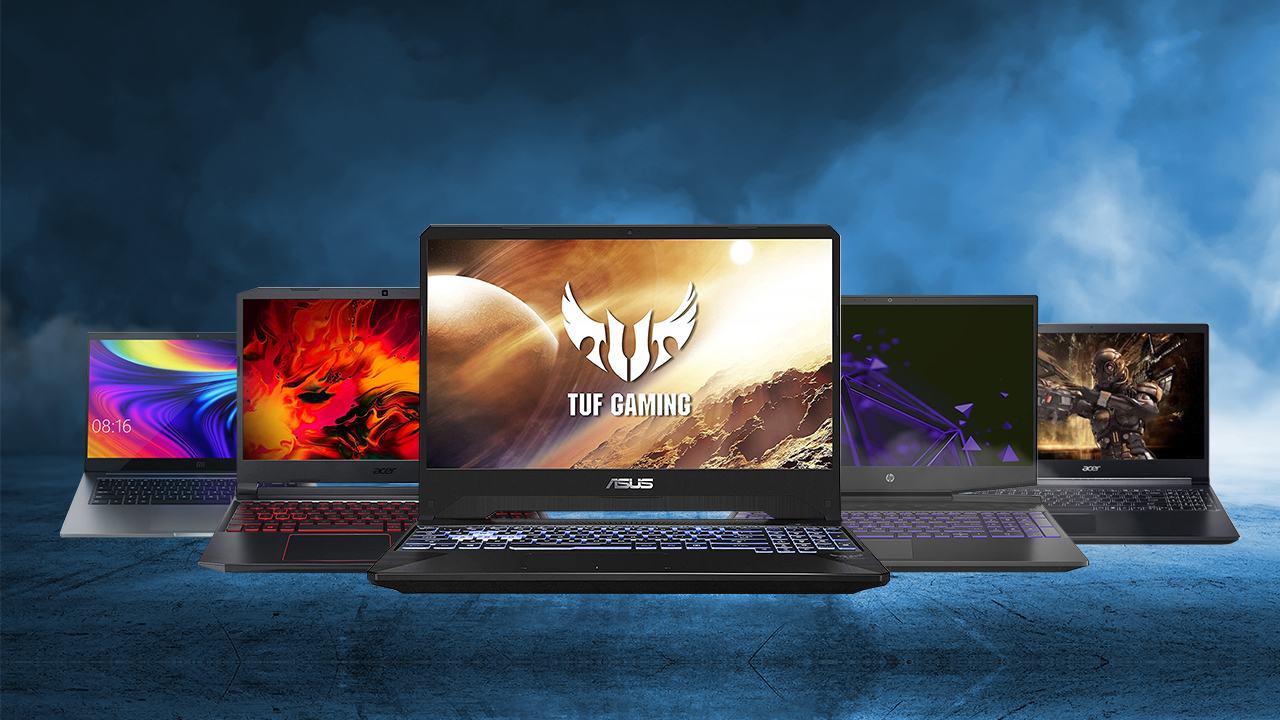
Buying a gaming laptop there are things you must keep in mind. These requirements are listed below:
Processor:
Processor is the main unit of a system that can’t be upgraded later so you have to clear about your requirements so you don’t face any problem later. For gaming the system with the Core i5/Ryzen 5 or higher than this are preferred so that the system should be capable of running the new games.
RAM is another main component for the system even though you are not playing games. But the more you have the better performance you will get from the system. For gaming the minimum RAM should be of 8 GB DDR4. If you have a budget you can upgrade it according to your usage.
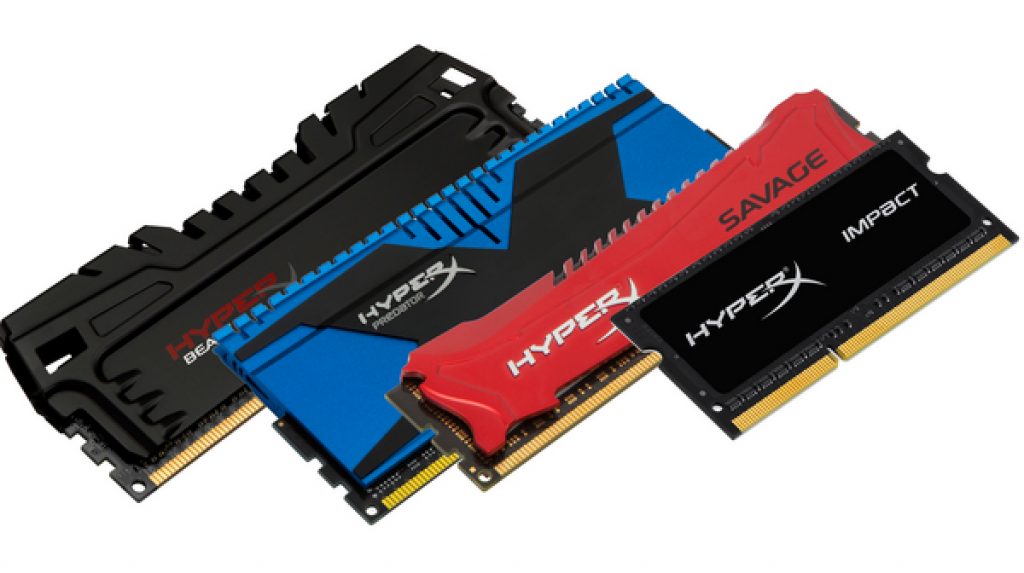
Storage the main concern for the gamer’s because they have to store their favorite games that have huge setups. For that they need to have minimum storage of 512 GB. But if they have an additional SSD their gaming experience will be much smoother.
Screen:
If you have a big screen system than your gaming experience will be much better but if don’t have a system that doesn’t have a big screen its not a big deal you can connect your system with an external Screen with an HDMI cable to you enjoy gaming on a big screen. Usually i would prefer a laptop that has 15.6 inches to 17 inches of screen.
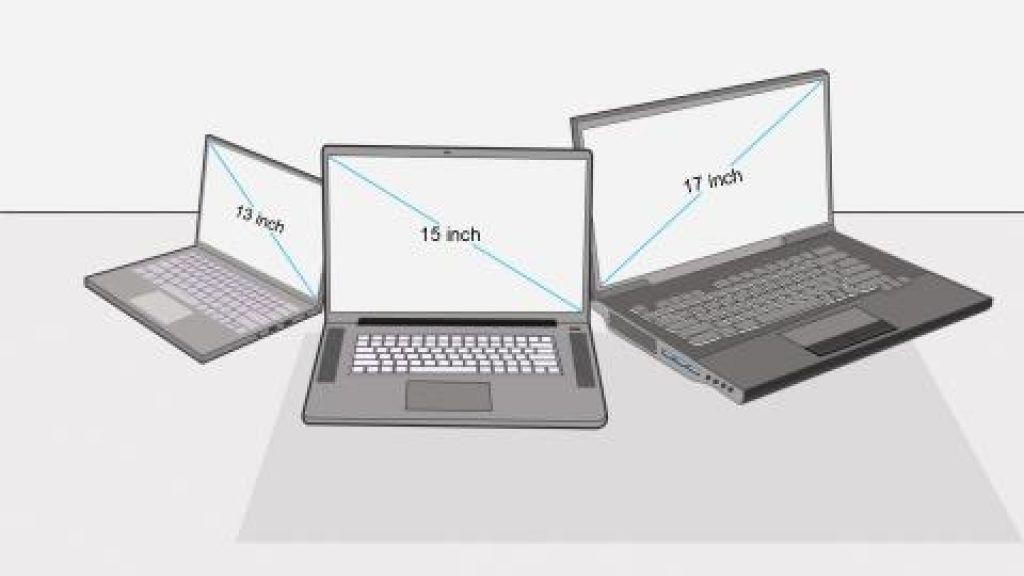
Graphics card:
While some games use the CPU, the majority of games are still GPU-bound, so this is one of the biggest decisions you make when buying a gaming notebook. At the moment, the majority of gaming notebooks come with Nvidia GeForce GTX or RTX GPUs.
The latest graphics cards on the Nvidia series are the newest RTX 30-series, which I will expound on more in my other article seeing that they are new on the market. However, the RTX 20-series Super cards, including the 2070 Super and 2080 Super, all of which made the jump after a bit of time in desktops. On the AMD front, there’s the Radeon RX 5000M series, which consists of the RX 5500M for budget systems, and the RX 5600M and RX 5700M for more performance.
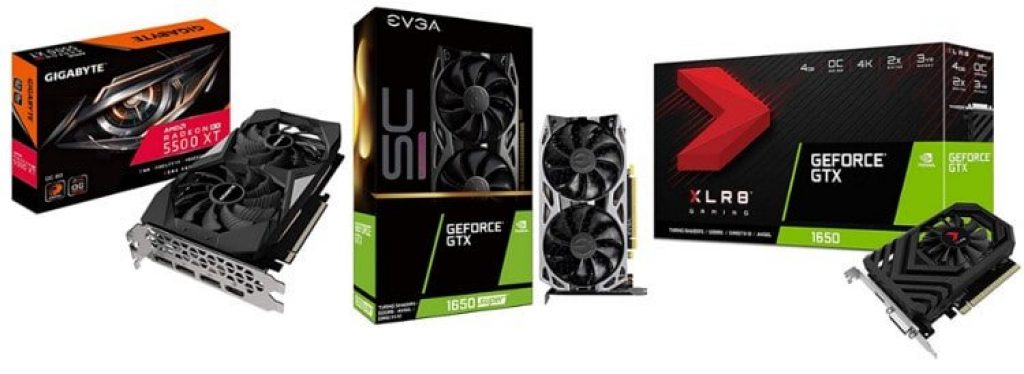
- Entry-level gaming: If you don’t need to play on the highest settings, you can go for a GTX 1650 or RX 5500M, which will let you play most games, albeit on middling settings. An GTX 1660 Ti will give you a bit more power, and we generally think it’s noticeable and worth the investment.
- Mainstream Gaming: Nvidia’s GeForce RTX 2060 is a good middle-of-the-road card that will let you play most games on high settings. It’s also considered the minimum standard for virtual reality, so it’s the lowest you should go for your Oculus Rift or HTC Vive. On the AMD side, the RX 5600M isn’t as strong as a performer, but will get the job done.
- VR and the Highest Settings: An RTX 2070 will let you play through just about anything on high settings, while the RTX 2080 or RTX 2080 Ti are the most powerful 20-series cards out there and will allow for smoother VR and special effects. These are the cards that will let you start pumping up effects like Nvidia Gameworks. With the new RTX series, you can play ray-traced video games and get faster frame rates. An RTX 2070 or RTX 2080 may even be enough for you to play games in 4K.
And that’s all for now, thanks for reading. My next article will be about the new RTX 30-series, performance and benchmarks.
Useful Listings:
An Outline of some Gaming Laptops and their specifications. Plus Pros and Cons of each product
Best Gaming Laptops than are powerful video editing machines

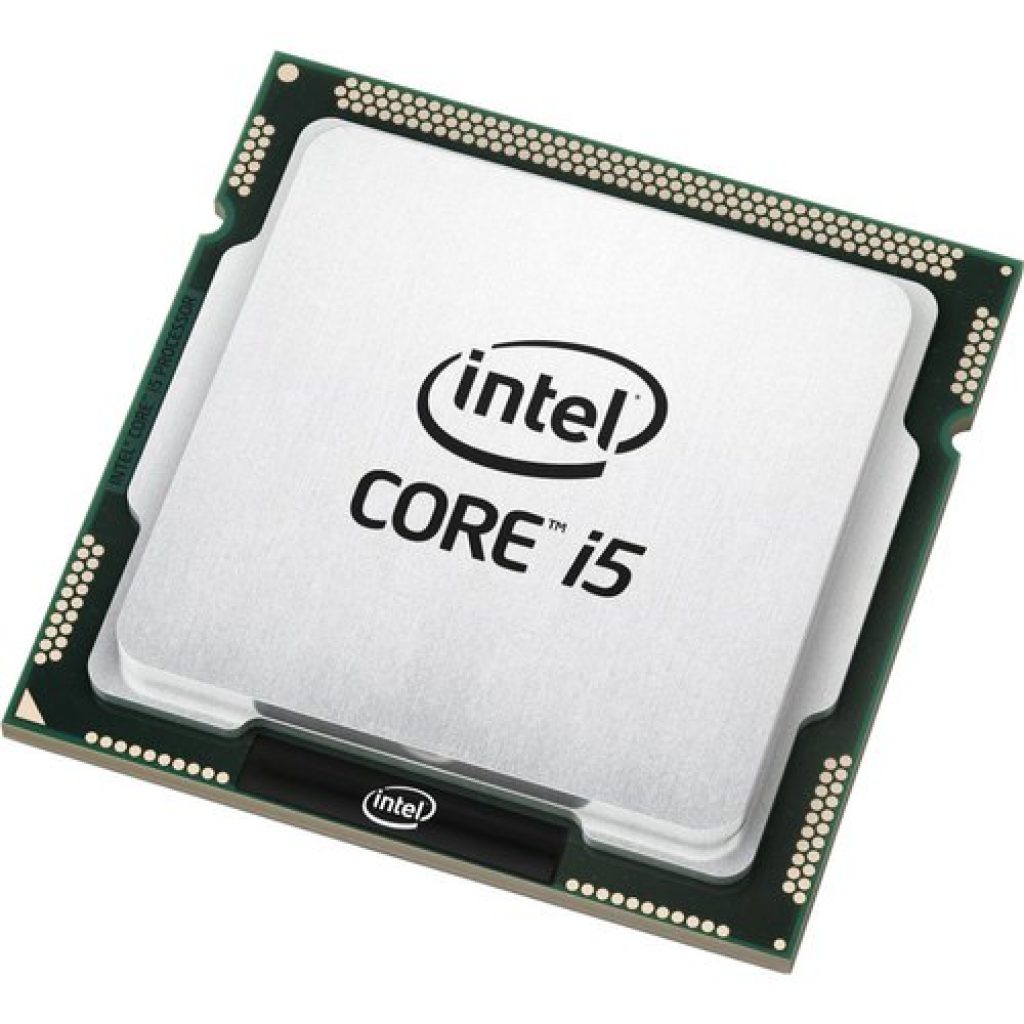
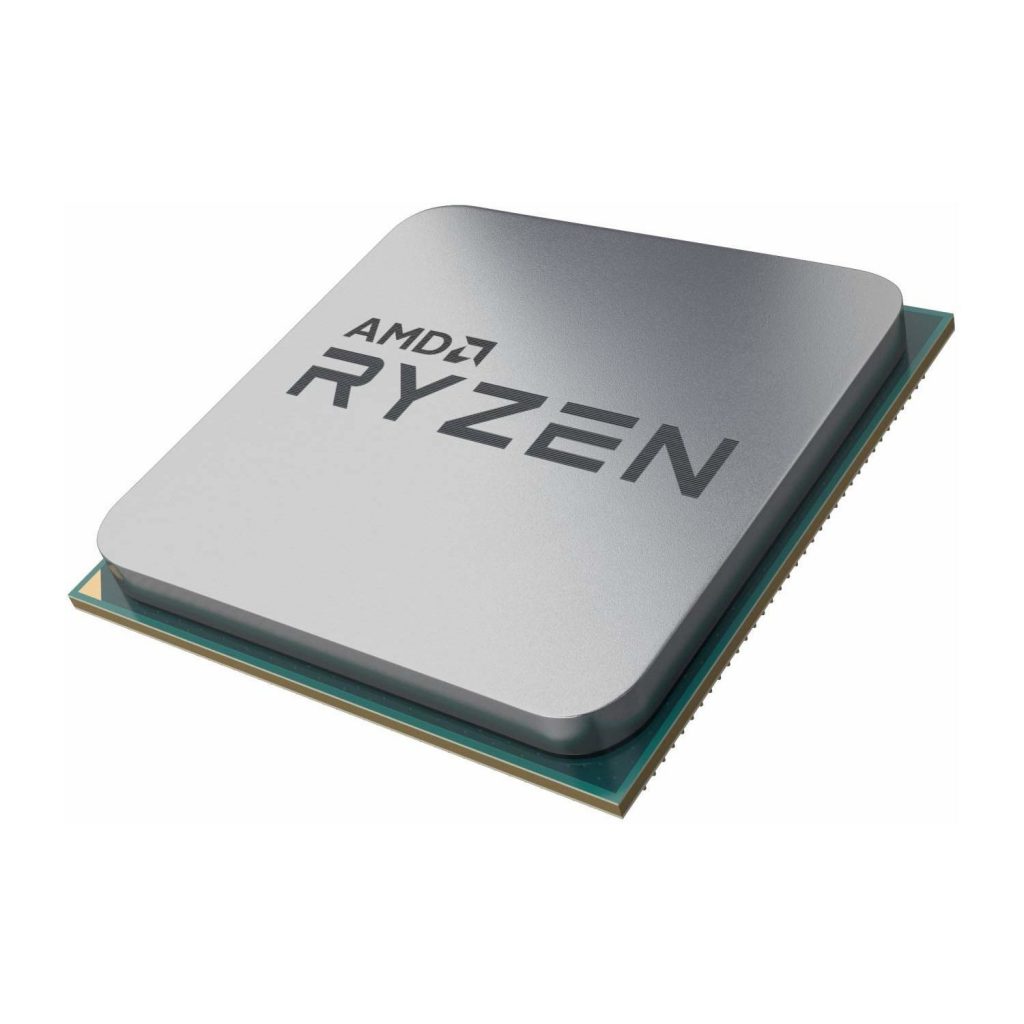
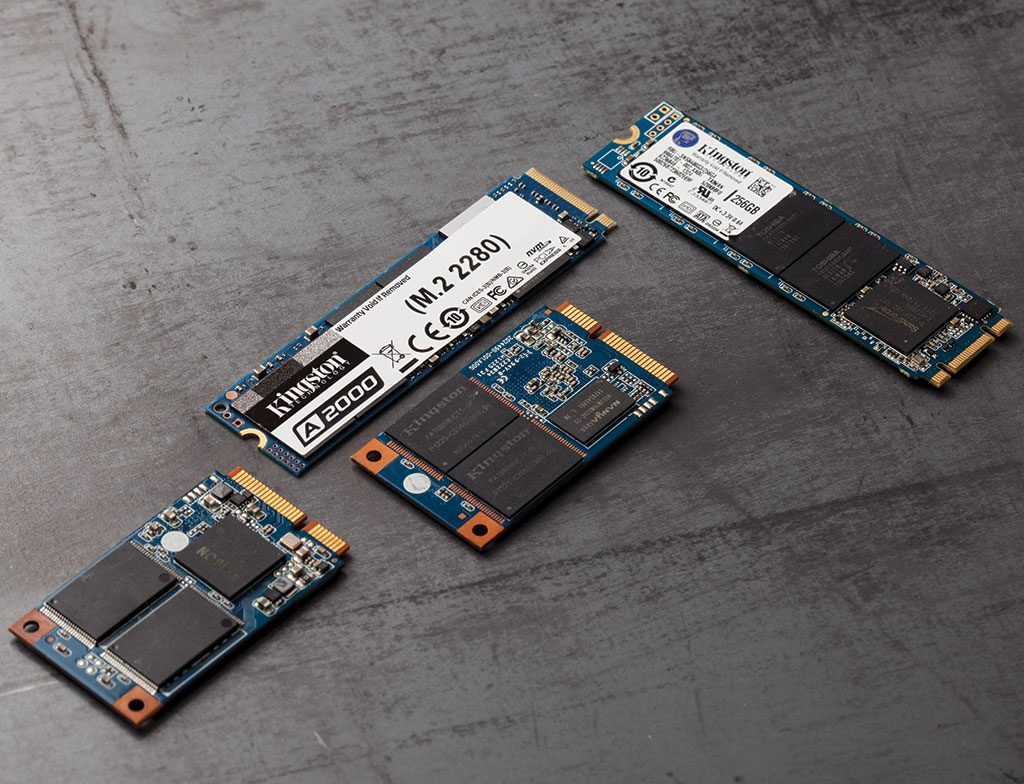
![Things To Keep In Mind While Hunting A Gaming Laptop [Quick Tips]](https://altechelectronics.org/wp-content/uploads/thumbs_dir/81ZfR9Tm0L._AC_SL1500_-p2xjge7qzv8l8s9dct58mxcf3gp9w6m3jv8upf14jg.jpg)
![Things To Keep In Mind While Hunting A Gaming Laptop [Quick Tips]](https://altechelectronics.org/wp-content/uploads/thumbs_dir/lead-img-prime-day-gaming-accessories-deals-p3x05okh1kry8axbptueyr70srd5xlqmn4bxmfrsjg.png)
